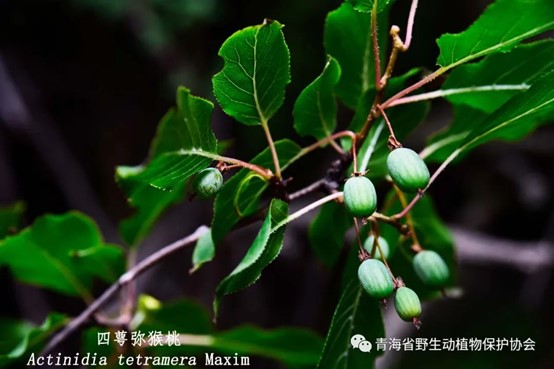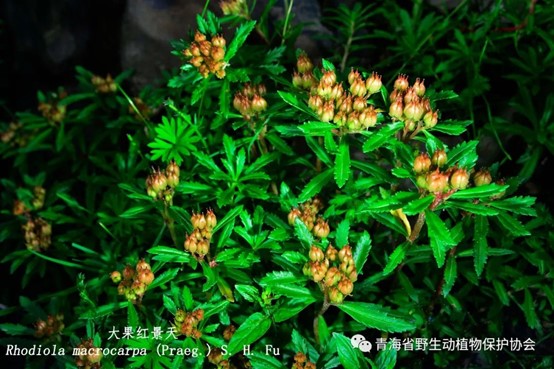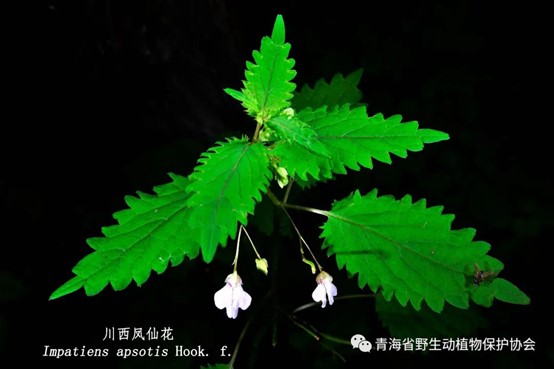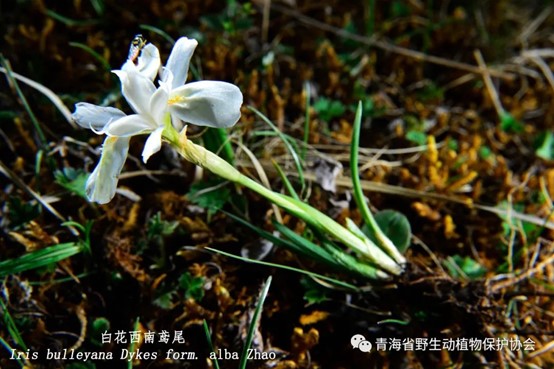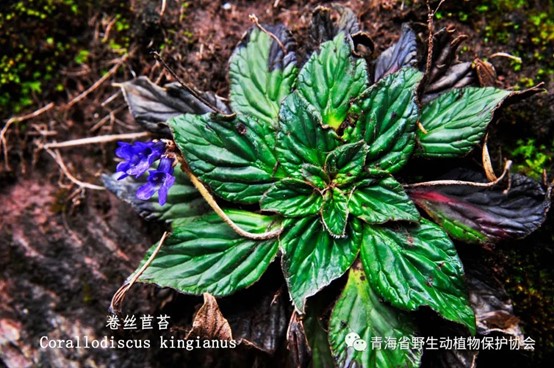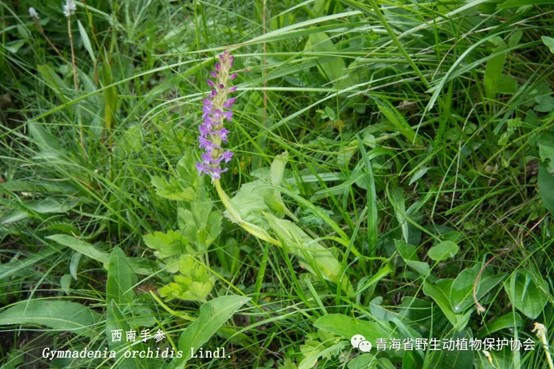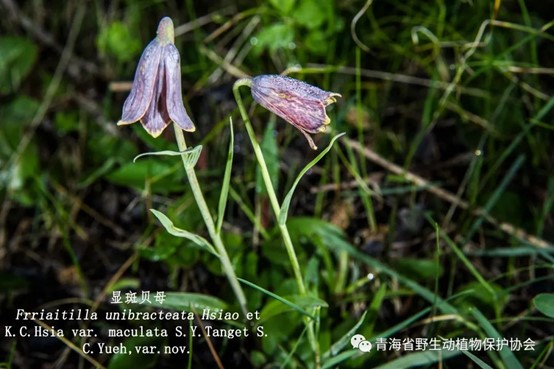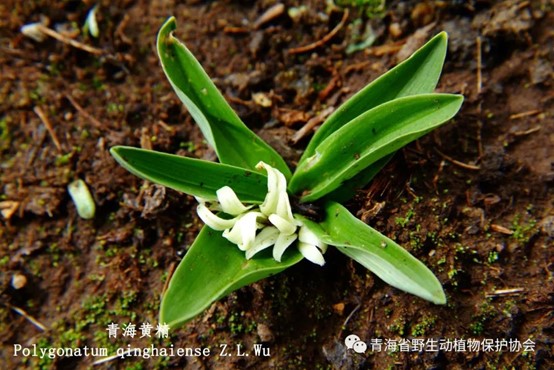May 22, 2022 is the 29th International Biodiversity Day, with the theme of "Building a Common Future for All Life". Qinghai has determined the theme to be "Building a Community of Life Together". Biodiversity includes ecosystem diversity, species diversity and genetic diversity.
Over the past 30 years, there have been significant changes in the diversity of species (animals, plants, fungi) in Qinghai. Looking back at history and exploring the current situation, significant achievements have been made in the protection of biodiversity in Qinghai. Plant species diversity is formed through heredity, variation, adaptation and natural selection under the long-term interaction between plant organisms and the environment. Plant evolution is still ongoing, and new plant species will still emerge.
The study of plants in Qinghai began in 1872, with a history of nearly 150 years. After the establishment of the People's Republic of China, plant investigation and research in Qinghai have flourished. After decades of collection and collection, hundreds of thousands of specimens have been accumulated. From 1995 to 1999, the Institute of Northwest Plateau Biology, Chinese Academy of Sciences, published “Flora of Qinghai” (Volumes 1-4), recording 2702 species of 632 genera, 114 families, including subspecies and some cultivated plants.
Since 2000, plant science and technology workers in Qinghai have conducted a series of plant investigation and research work based on previous research. They have traveled throughout forest, pastoral, agricultural, and sandy areas; Traveling over tens of thousands of kilometers, collecting over a thousand physical specimens and hundreds of thousands of electronic specimens. According to preliminary statistics, there are currently 158 families, over 720 genera, and over 3600 species of wild plants in Qinghai.
(1) Moss plant
Bryophytes are more sensitive to natural conditions, and different types of bryophytes often appear under different ecological conditions. Therefore, they can be used as comprehensive indicator plants for a certain living condition. China is rich in moss plants, with 2200 species, accounting for 9.1% of the world's total. According to preliminary statistics, there are over 50 families, over 140 genera, and over 300 species of moss plants in Qinghai.
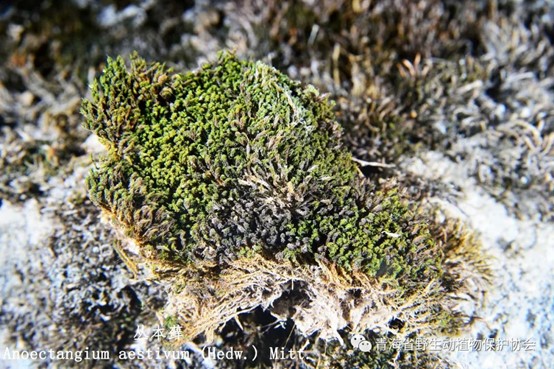
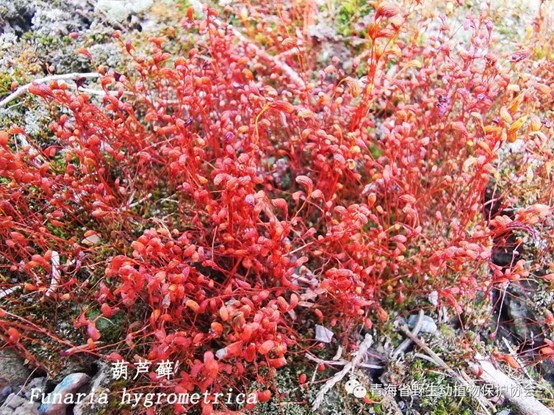
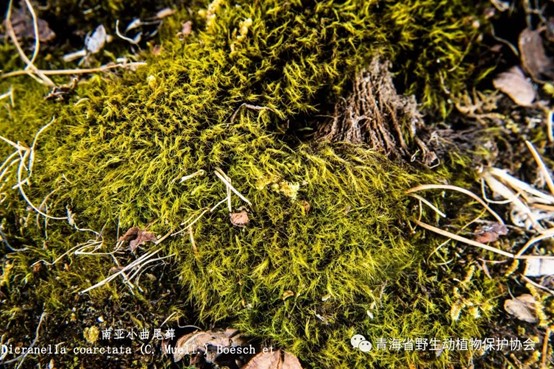
(2) Fern plant
Fern plants are highly sensitive to external natural conditions and can detect whether the local environment is polluted. Different genera and species of ferns require different ecological environment conditions for survival. There are nearly 2000 species of ferns in China, of which more than 100 have medicinal and edible value. There are also many ferns with high ornamental value due to their beautiful appearance. According to preliminary statistics, there are 12 families, 20 genera, and over 60 species of ferns in Qinghai.
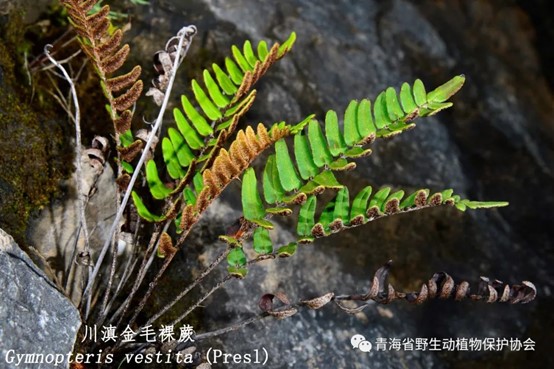
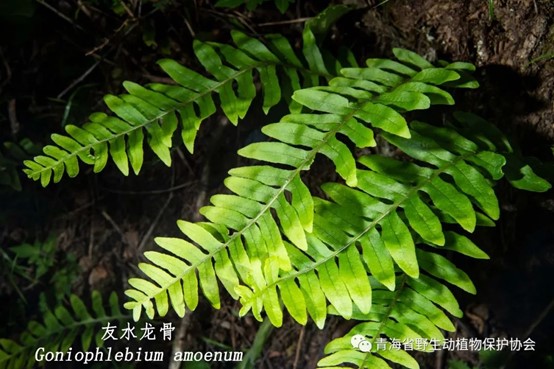
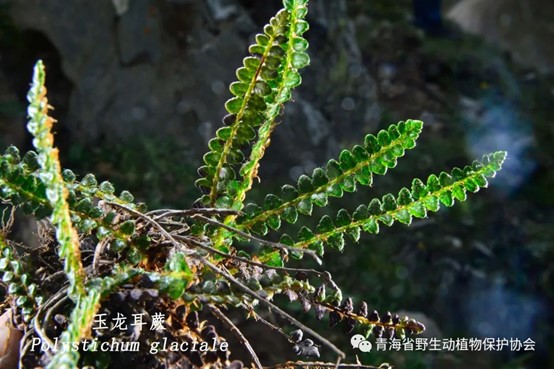
(3) Gymnosperms
The ovule and seed of gymnosperms are both naked, with no ovary outside the ovule and no fruit skin surrounding the seed. There are approximately 60 genera and nearly 700 species of gymnosperms in China, but they reached their peak in both quantity and distribution during the Mesozoic era. According to preliminary statistics, there are over 40 species of gymnosperms belonging to 6 genera and 3 families in Qinghai. Gymnosperm is the constructive species of primitive coniferous forest in Qinghai, and is also the most important and valuable forest tree species on the plateau.
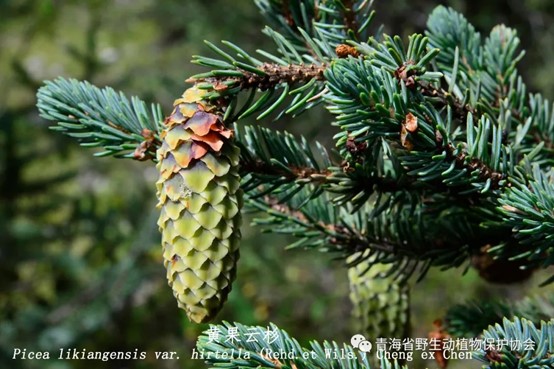
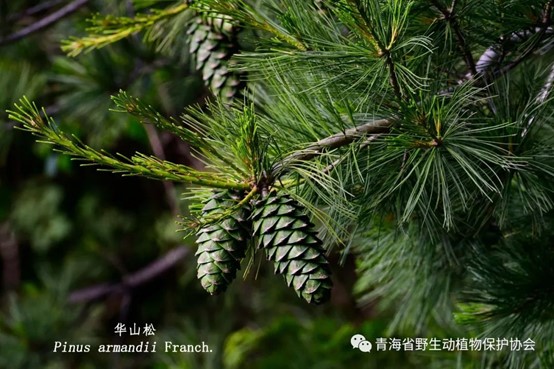
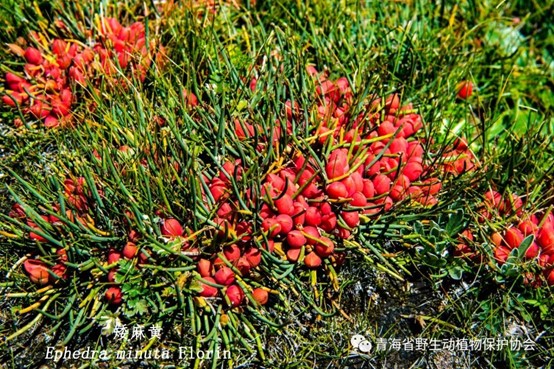
(4) Angiosperms
Angiosperms are the most widely distributed and diverse plants on Earth. Angiosperms, also known as flowering plants or flowering plants, possess true flowers and these beautiful flowers are important organs for their reproduction and offspring. There are over 2700 genera and approximately 30000 species in China. According to preliminary statistics, there are 93 families, over 560 genera, and over 3270 species of angiosperms in Qinghai.
